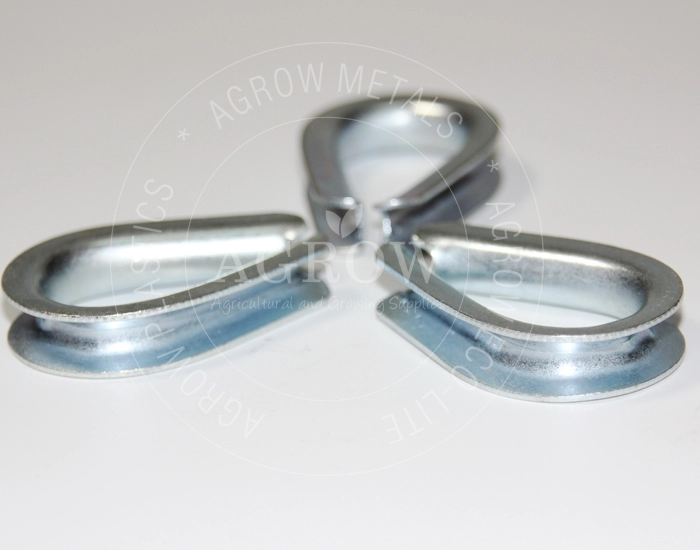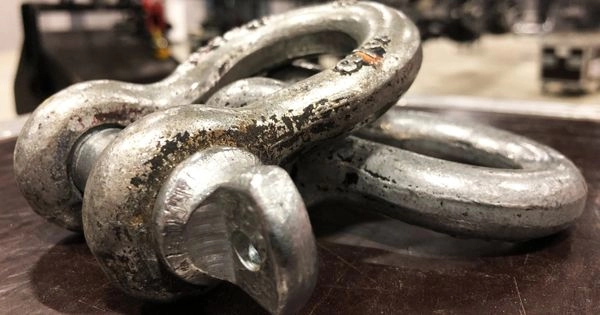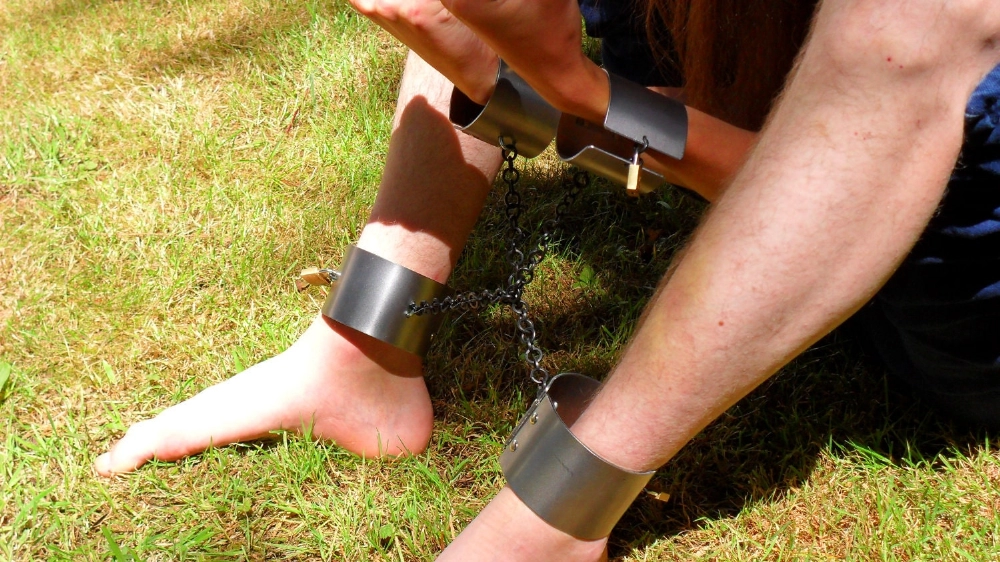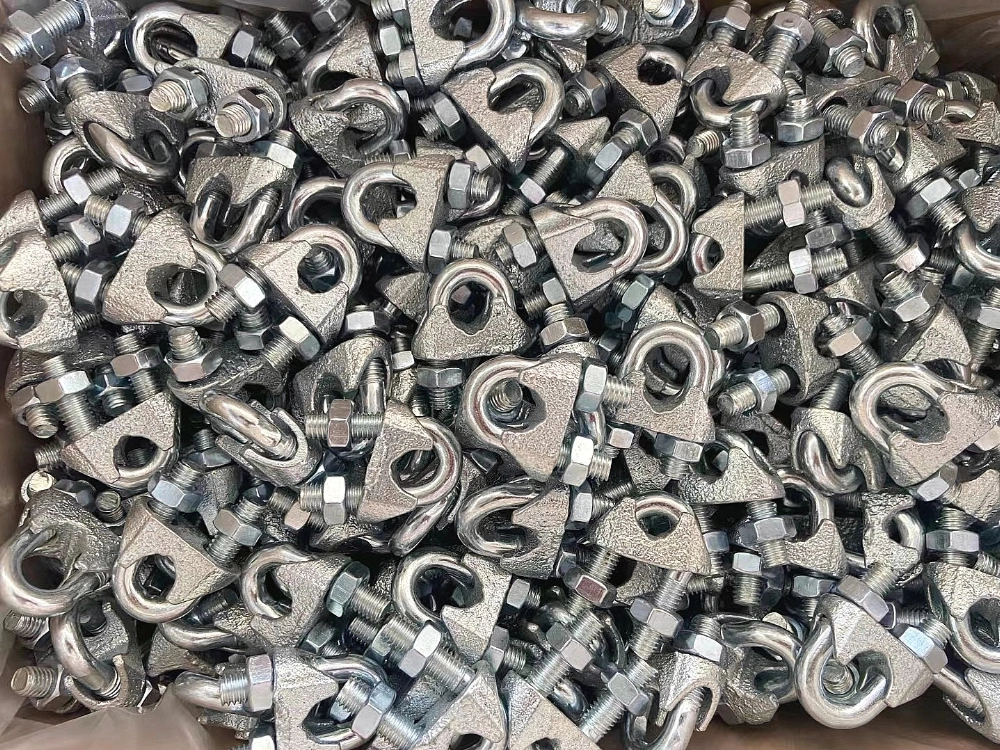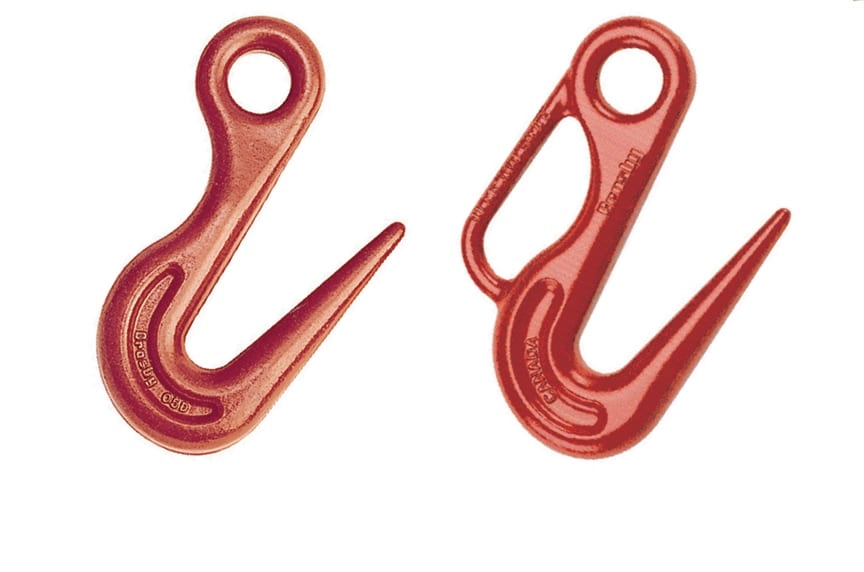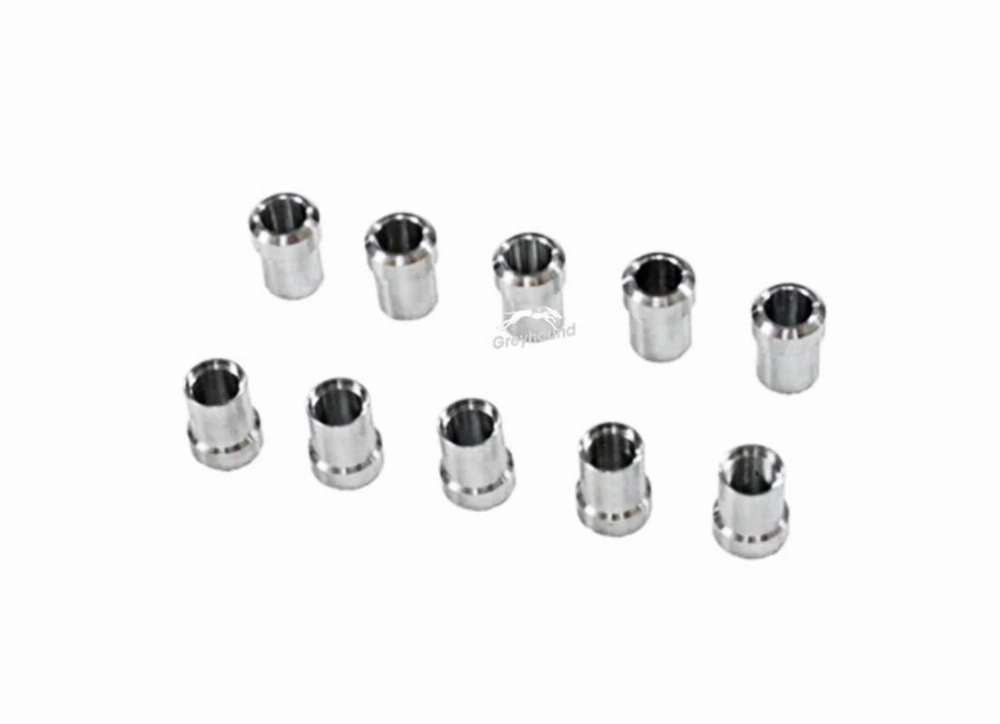Need help? Write to us info@hqlifting.com
- Charging Accessories
- Lifting accessories
- Steel Cable
- Beam cart
- Turnstile for load securing
- Load Ratchet Strap
- Lifting current
- Chain for Load Lifting
- Lifting equipment
- Slings
- Steel Cable Tensioner
- Polyester slingshot
- Load binders
- STEEL HOOK
- Steel Cable Clamp
- Electric winch
- Permanent magnets
- Steel Cable Clamp
- moitão
- Carabiners
- Screw With Eyelet
- Lifting Clamp
- Talha Manual
- Uncategorized
Call our consultants or chat online
+86 151 4514 5178
How to change the steel cable of the electric hoist
Replacing the steel cable of electric hoists is very important for safety. Damaged cables, such as broken or deformed wires, need to be replaced immediately. The NR-11 e a ABNT NBR 11900 defines rules to maintain safety. ✅ Doing this correctly helps comply with the law and maintains the equipment's load capacity.
Main Points
- ✅ Cables with more than 10% diameter loss require immediate replacement;
- ✅ Wear indicators include severe corrosion or visible broken wires;
- ✅ Technical standards require quarterly inspection according to ABNT NBR 11900;
- ✅ A how to change the steel cable of the electric hoist must follow the manufacturer's manual;
- ✅ Cable failures can compromise up to 40% of the equipment's load capacity.
Safety and Preparation Requirements
Before starting to change the chain on the electric hoist, it is essential to prepare well. This ensures that everything is done according to technical standards. First, it is necessary to turn off the power and mechanically lock the system. ✅
Necessary Personal Protective Equipment
- ✅ Cut-resistant gloves with Level 5 (EN 388:2016) for cable handling.
- ✅ Safety helmets with ANSI Z89.1-2020 certification.
- ✅ Protective glasses with anti-rust visor (ISO 12942).
- ✅ Footwear with metal toe caps (ISO 20345:S1P).
| Item | Specification | Example |
|---|---|---|
| Cable diameter | Check dimensions in the manufacturer's manual | 5.5 mm ±0.1 mm |
| Composition | Material compatible with nominal load | ASTM A193 stainless steel |
| Resistance class | Compliance with ISO 230-1:2016 | CLASS 4 |
To change the chain on the electric hoist, it is important to use the right tools. This includes hydraulic pliers, adjustable torque wrenches, and temporary fastening devices. The workplace should have good lighting and be free of obstacles. Following the manufacturer's manual is crucial to maintain NR-12 certification.
Old Cable Removal Process
To safely replace the steel cable, follow ISO 9001 standards. It is important to pay attention to key parts such as fixing blocks and guide rails.

- Check the stability of the electric hoist with side supports adjusted to 90° to ensure a firm base.
- Turn off the power source and use mechanical locks according to NBR 16.223 to isolate hydraulic/pneumatic systems.
- Use a 19mm open-end wrench to loosen the drum mounting screws, following a maximum torque of 25 Nm.
✅ Before disconnecting, document the original positions of the locking clips with photos from 4 angles (front, back, left side, and right side).
| Item | Old Cape | New Cape |
|---|---|---|
| Inspect | Wear greater than 10% of nominal diameter | API 618 Certification |
| Measurement | Transverse deformations > 2.5mm | Pre-tensioning of 500 N/cm² |
For the final disconnection, first disconnect the 220V electrical terminals and then the SAE J1453 hydraulic fittings. Store loose components in rigid plastic boxes labeled with ANSI Z535 tags.
The process of how to change the steel cable of the electric hoist includes registration in a technical form with cable serial data and replacement date. Follow up the how to change the electric hoist cable according to the manufacturer's maintenance manual.
Installation of the New Steel Cable
Before starting, check the specifications of the new cable. The replacement cable must have the same diameter, strength, and chemical composition as the manufacturer. This helps prevent problems and ensures that everything complies with the standards.

✅ Step 1: Controlled unwinding. Unroll the cable from the reel carefully to avoid deforming it. Be careful not to twist it too much, maintaining even tension. The wire direction should follow the direction of the electric hoist.
- Drum assembly: place the cable with 3 free loops before securing;
- Terminal fastening: use stainless steel clamps with a torque of 35-40 Nm (see the manufacturer's table);
- Spacing between fasteners: leave a minimum space of 15% of the drum diameter between each screw;
O lubrication procedure requires a specific lubricant for steel cables. Use stiff brushes to apply the lubricant between the strands. This protects against corrosion. But don't overdo it, so as not to interfere with the transmission current.
After securing, perform a visual inspection. Check for any gaps or overlaps. Take photos of the process for the electric hoist maintenance manual.
Verification and Preventive Maintenance Tests
After replacing the steel cable, it is necessary to perform rigorous tests. This ensures that everything complies with technical standards and is safe. Post-installation validation is crucial to avoid problems in industrial operations. This guide shows how to do this to keep the equipment running well for a long time.
Security Validation Procedures
First, perform load tests, starting with 20% of the electric hoist capacity. Then, gradually increase until reaching 100%. Check if the cable is deformed or makes strange noises when moving vertically.
Measuring the cable tension at three points is important. Use certified meters for this. Record the measurements and the specifications of the new cable in a maintenance log.
✅ Preventive practices include daily inspections to detect loose wires or corrosion. Follow the ABNT NBR 16.206 standards. Lubricate the pulleys with mineral oil every 200 hours. If you find 3 or more damaged myositis, replace the cable immediately. Keep a maintenance history for technical audits.
It is essential to train operators to recognize premature cable wear. They must follow the cable replacement guidelines. Using safety equipment is mandatory. Maintaining protocols ensures compliance with OSHA and NR-12 safety standards, preventing incidents.
Share:

June Han /founder and designer
The co-founder of Hqlifting, sales director, amateur writer about fitness business

